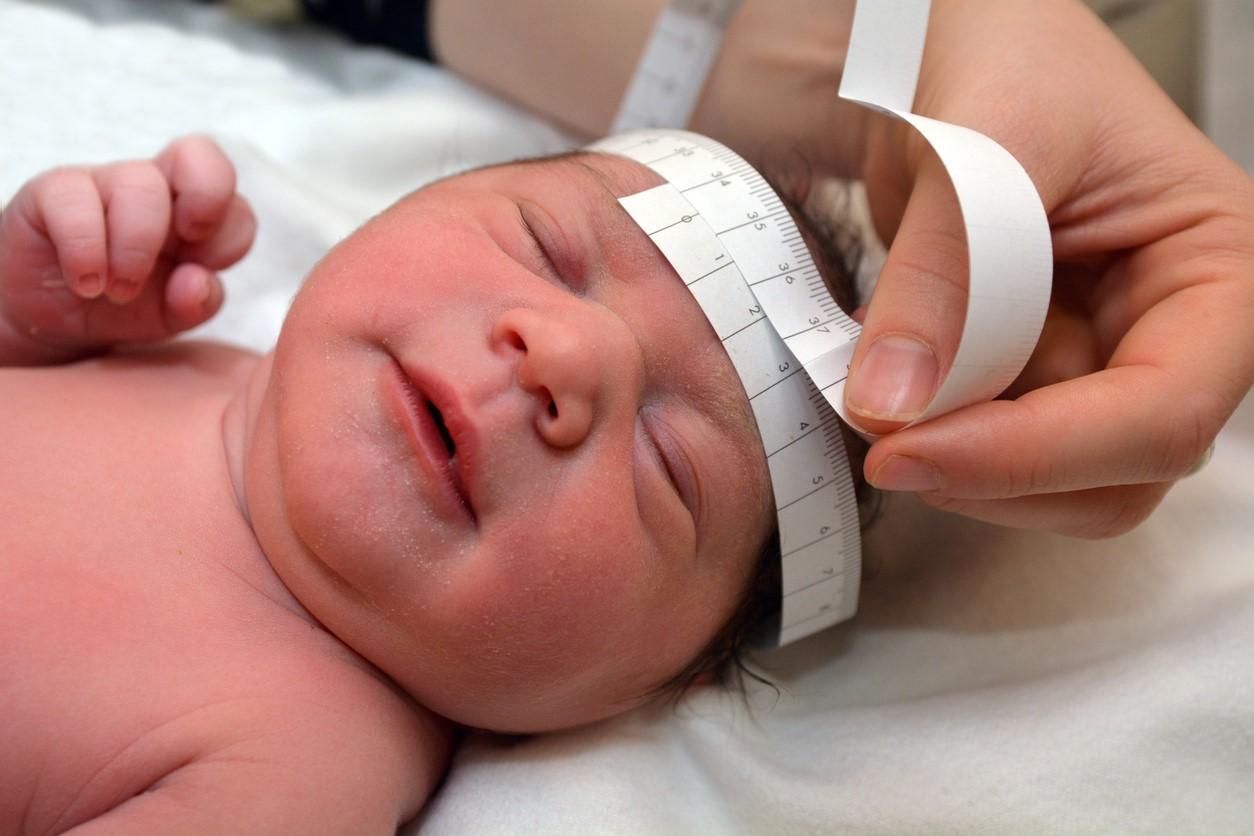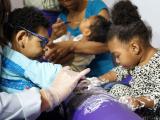A new case-control study based in one of Brazil's Zika hot spots reaffirmed the link between Zika and microcephaly and offered one of the first estimates of Zika-linked microcephaly prevalence in areas experiencing an outbreak.
The study also found that timing of exposure and evidence of infection in infants were the only risk factors, a key finding given lingering questions about whether any other factors were involved in the unusually high levels of birth defects in Brazil's outbreak.
Also, another group that looked at microcephaly patterns in another of Brazil's hard-hit Zika regions found that microcephaly prevalence was higher in areas marked by poorer living conditions. Microcephaly is a condition involving a smaller-than-normal head and brain, which has been associated with myriad neurologic defects.
Microcephaly links and outbreak estimates
In the first study, a team from Brazil and the US Centers for Disease Control and Prevention (CDC) analyzed microcephaly cases reported from Paraiba state in the northeastern part of the country among babies born between Aug 1, 2015, and Feb 1, 2016. They reported their findings in a recent online edition of The Lancet Child & Adolescent Health.
Of 164 microcephaly cases with complete information, the researchers focused on 43 that involved microcephaly at follow-up, estimating the prevalence at 5.9 per 1,000 live births. For comparison, they looked at 114 matched control infants.
Babies diagnosed as having microcephaly were more likely to be younger, have recent Zika infection, or have a mother who was infected with Zika during her first trimester.
The team found no significant associations between microcephaly and mothers' demographic factors, medications, toxins, or other infections.
Given the presence of Zika antibodies in samples from the infants, the researchers concluded that 35% to 87% of microcephaly reported during the study time span in northeastern Brazil was linked to Zika virus. They estimated that 2 to 5 babies per 1,000 live births in Paraiba state had Zika-related microcephaly.
They said the high rates of microcephaly originally reported in northeast Brazil probably reflects problems with the original case definition, which was very sensitive but not specific. When babies originally reported as having microcephaly were measured again at 1 to 7 months after birth, only 26% had microcephaly, suggesting that the birth measurements weren't precise and that several measurements are needed to classify an infant as having microcephaly.
More study is needed to fine-tune testing for congenital Zika infection and to look at what other factors are associated with the development of microcephaly in fetuses infected with Zika virus before birth, the team concluded.
Interpretation subject to caveats
In a related commentary, two experts from the London School of Hygiene and Tropical Medicine (LSHTM) who were not involved in the study wrote that the study's findings confirm Zika as a cause of microcephaly generally, and specifically for the outbreak area. They add a key caveat, however, that the percentage of cases linked to Zika can't be generalized to other times and places, given different factors such as disease incidence, epidemic state, pre-existing immunity, population density, and vector-control measures.
They noted that the retrospective nature of the case-control study could increase the risk of recall bias and other factors. The two added, though, that the authors found, despite the unconventional microcephaly definition, that babies with microcephaly were 22 times more likely than controls to have Zika-related antibodies at follow-up and 6 times more likely to be born to a mother who experienced Zika symptoms during her first pregnancy trimester.
"Unfortunately, owing to its limited sample size, the study was not able to address one of the most intriguing questions: does previous maternal dengue experience increase risks of developing microcephaly upon Zika virus infection in pregnancy?" they wrote.
Microcephaly tied to poorer parts of city
In a separate study, researchers did an ecological analysis of microcephaly cases in Recife, Brazil, the largest city in Pernambuco state, which was also heavily affected by Zika virus and is located in the northeast. Researchers from Brazil and their collaborators at LSHTM—including one of the Lancet commentators—reported their findings in BMC Public Health.
They looked at 347 microcephaly cases reported to the state health department from August 2015 through July 2016, of which 142 fit the case definition.
Stratification of Pernambuco's 94 districts found four strata of living conditions, the highest of which had the lowest prevalence of microcephaly, according to the report, which found a strong association between higher microcephaly prevalence and poor living conditions. In fact, after the first 6 months of the study period, no microcephaly cases were recorded from the area in the richest socioeconomic strata.
Interpreting the findings are complex, the group wrote. For example, the study wasn't designed to reveal whether people living in better conditions had easier access to abortion or had other ways to avoid Zika exposure.
They noted that an earlier study on dengue distribution in the city also found a somewhat higher level of previous dengue infection in low-income areas. Monitoring spatial distribution of microcephaly and seroprevalence surveys for arboviruses could help clarify the dynamics of intra-urban disease transmission and help guide public health interventions, such as vector control, the authors concluded.
See also:
Jan 12 Lancet Child Adolesc Health study
Jan 12 Lancet Child Adolesc Health commentary
Jan 12 BMC Public Health abstract





















